On September 17, 2006, I attended my first kettlebell certification course. At the time, kettlebell training wasn’t as widely embraced as it is now and certs were only offered in St. Paul, Minnesota. Things have changed a lot since then, not only the kettlebell’s acceptance into the mainstream fitness industry but the methodology, as well. One thing that hasn’t changed?
Strength.
In no particular order, here are ten things I’ve learned in the past ten years as a kettlebell instructor. Some points are specific to being a kettlebell instructor, some are for trainers in general, but all of these points should be useful to the student of strength.
1. Good Instructors Are Important
I said this list was in no particular order, but that applies after this first point. This is number one for a reason. When I first started training with kettlebells, I had already been competing in strongman for a couple years. I was strong enough to snatch my first set of kettlebells right out of the box (I actually did this), but I had absolutely no technique. I did what most do and learned what I could from books and videos, but it wasn’t until I sought out qualified instructors that my progress excelled. That’s when I stopped beating up my wrists and my back no longer hurt after workouts. That’s when I started to hit major milestones like the “Rite of Passage” and a half-bodyweight one-arm press.
A good instructor will not only have a set of eyes on you that can critique minor (or major) technical flaws, but he or she will be able to help you with a host of other things directly related to your individual circumstances. Don’t forget this after you become a coach. If you believe good instructors are important enough to try to make your living as one, be sure you continue to seek out instruction just the same.
2. Explore Different Training Methods
There are different ways to lift kettlebells and there are different ways to lift without kettlebells. I think most people have been exposed to some form of weight training before they ever lift a kettlebell. And everybody has done some kind of calisthenics, at least in gym class. The point is there are many ways outside of a kettlebell that lead to strength. Utilize those modalities for what they’re worth.
Even with the kettlebell, there are different ways to lift. For the kettlebell purists, we have hard style and girevoy sport (GS). I spent a year training GS and even got certified as a coach. It’s a different kind of training because it’s for a different purpose. The most reps in ten minutes with no put-downs is the name of the game. GS technique requires some finesse and the training is heavily dependent on pacing. Although I don’t lift with that style much anymore, and rarely teach it, I do use the timed reps-per-min progressions to train people for the snatch test. Take what works and discard the rest.
3. Maintain a Beginner’s Mind
I had to learn this the hard way. I’m not proud to admit this, but I once went into a re-certification course with a know-it-all attitude. I had been through the course several times as a student and even as an assistant instructor, and I had been teaching kettlebells longer than most. Well, all that doesn’t mean jack because you can’t coach yourself. Plain and simple, I had developed some bad habits.
Actually, my habits weren’t even “bad” so much as they were just different—I had a little “soft style” going on as a result of my year exploration into GS. I was trying to do kung fu at a karate school and my instructors picked it apart. They knew I had been in this community long enough to know better and they laid it on me. Set after set, I was made an example of until there was no trace of anything but hard style. During my technique testing, my team leader joked that he had never seen such an intense five snatches. I’ll never make that mistake again!
4. Train Your Grip
I thought I had a good grip; I’ve certified on the IronMind #3 COC gripper and Red Nail. There’s a list of other grip feats I have accomplished that I won’t bore you with, but the point is I’m serious about grip training. Yet, my grip was the limiting factor for my first snatch test.
Back then, you were only allowed a single hand switch. I had to do 78 reps with a 24kg with no put-downs and switching hands only once. The standards have long since been changed, but with any kind of high-volume or heavy-weight snatching, grip strength plays a major role.
Pavel has also taught that the fastest way to increase your strength is to increase the strength of your grip. This deals with neuromuscular efficiency. The hands have more nerve endings than any other part of the body, and strengthening your grip will in turn strengthen your entire nervous system, thus making you full-body stronger.
5. Prioritize Functional Movement
Learning the FMS was the best thing I ever did for me or my clients. The ability to screen for dysfunction, to know what to look for, and to know how to fix it (or when to refer out) has saved me and everyone I’ve ever trained a lot of pain and lost training time.
To be clear, the FMS is not for treating pain, but dysfunction will eventually lead to pain. Take something as simple, and as common, as an asymmetry in the hips. It’s like driving your car with the alignment off. It’s going to cause premature wear and tear or, worse, an accident. Do everyone a favor and get FMS certified and read up on the different approaches to helping people move better.
6. Train Odd Objects at Different Angles with Less Than Optimal Leverages
This is the essence of what strongman training and brute strength is about. It’s useful in real life where you encounter things that weren’t engineered to be lifted. For simplicity sake, let’s just look at angles and leverages—take the deadlift versus suitcase deadlift versus straight leg deadlift:
- The conventional deadlift is obviously the strongest of the three because it maximizes your leverages and places the weight at the most biomechanically efficient position for you to lift.
- The suitcase deadlift has the weight offset from your center of gravity, creating an angle in the pull, thus making the lift more difficult.
- The straight leg deadlift takes the knees out of the exercise, lessening your leverage, thus making the lift more difficult.
These difficult angles and leverages are the positions you find yourself in when you help your father in-law lay a stone patio or when you move your sleeping child from the car to their bed. Kettlebells in general train you for most of what life throws at you, but including some exercises here and there to fill in gaps is a good idea.
7. People Learn, Respond, and Train Differently
Individuality is something to always keep in mind. Just as people have different strengths and weaknesses, people will learn differently, respond to different coaching cues differently, and want to train differently.
Sometimes this can be something as simple as the difference between having someone do “100” swings or “2.5 minutes” of swings. It works out to be about the same, but some people don’t want to count—they prefer to just go until you say “stop.” Others like to shoot for that target rep number. Either way, part of being a good coach is finding the right ways to teach someone and help them improve, even when it’s different than your personal approach.
8. Not Everybody Wants to Lose Weight
…even those that have to lose weight. Some people just want to be more active. I’ve had many people come to me over the years because they think they want to lose weight, but then they don’t do the things necessary to lose it. Exercise is the only thing they do and they stop there.
Of course, we know that training is only one piece of the puzzle and changing body composition deals largely with diet. Some people simply aren’t willing to clean up their eating habits. We all have a level of what I call “fat comfortable,” which refers to the amount of fat we’re willing to accept to maintain our lifestyle habits. I’ve often joked that six-packs of beer are more important to me than six pack abs—because I’m not willing to give up alcohol to get that lean.
When my level of “fat comfortable” changes, either because I gain weight or decide I’m no longer comfortable in my own skin, I will stop drinking. I’ll eat more protein and vegetables and less refined sugar and processed carbohydrates. When the level of pain to remain the same is greater than the pain of changing, that’s when people will change.
9. Focus on the Training
As an add-on to the previous point, unless you’re also a nutritional coach, leave dieting up to the individual. Present people with good dietary recommendations with the understanding that you don’t have the same control over what they do in the kitchen as you do in the gym. I’ve heard of some trainers who hold people accountable to their nutritional guidelines, and if you want to be that kind of coach, then more power to you, but as a trainer I prefer to focus on the training.
I know that if my people are getting stronger and better conditioned, I’m doing my job as a strength and conditioning specialist and their training program is working. If I believe a person’s nutrition or recovery habits are negatively affecting their performance, I will address it accordingly, but people are going to do what they want when they leave the gym.
10. Create the Right Environment
This is especially important if you are a gym owner, but even as a trainer, you need come to each session with a willingness to work. Do you love training? If so, show it! Most people will mirror your attitude.
That said, you will have some people who rely on you for motivation. These people might not be worth training. If someone does more to bring you down, you may need to let them go, especially if you’re training in a group setting. If one bad apple spoils the bunch, it’s best to get rid of that one. Addition through subtraction.
Of course, there is a proper way to handle such situations and everybody has bad days and struggles that you don’t know about, so don’t be too quick to fire people. If you need to address an issue with someone, do it in private and in person. Explain your position and politely state your expectations. This will go far in creating the right kind of training environment. People respect someone who is open and speaks honestly, even in difficult conversations. Mutual respect between the trainer and trainee and respect for the training are important when creating the right training environment.
I Get to Be A Kettlebell Instructor
So there you have it—ten things I’ve learned in the last ten years I’ve been a kettlebell instructor. There’s been much more of course, but these ten are of the most importance.
I look at being a trainer as something I “get” to do rather than something I “have” to do. If you ever find yourself in a position where that’s not the case, then it’s time to do some re-evaluations of yourself, your clients, and your business model. If you love what you do, practice what you preach, and always remain a student of strength, you’ll be okay.
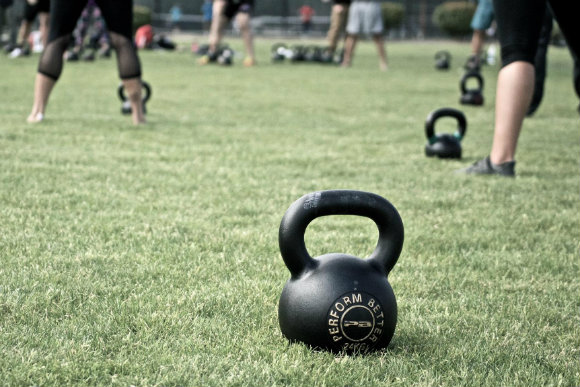
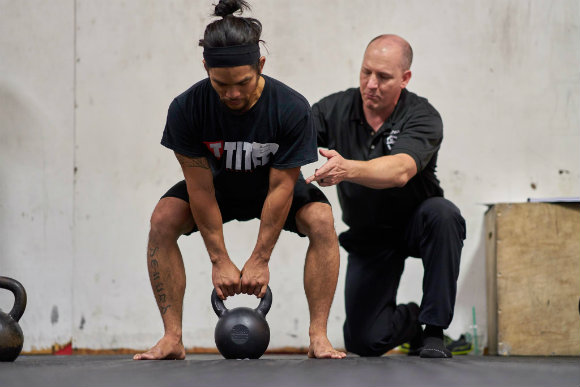
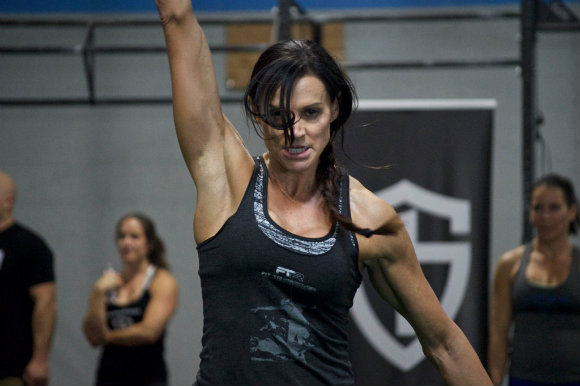
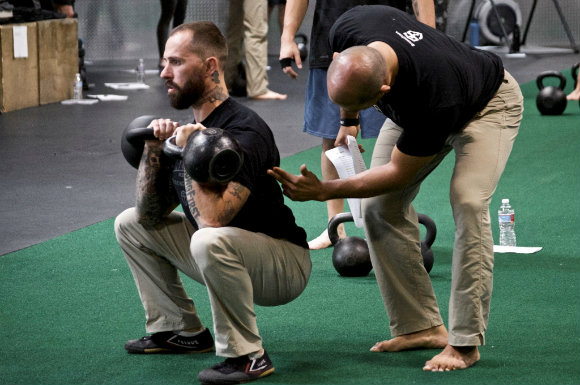
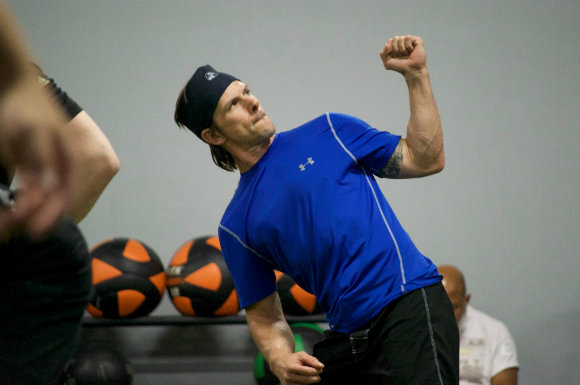
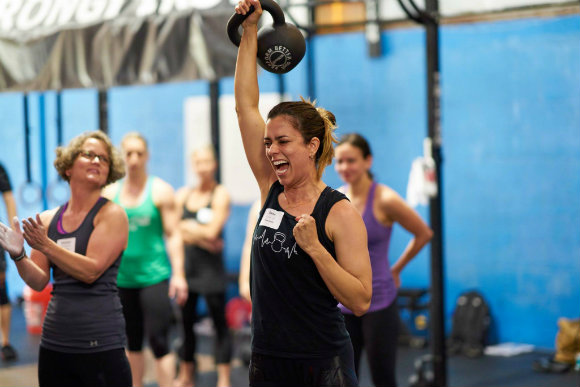
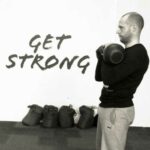
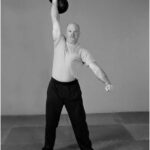

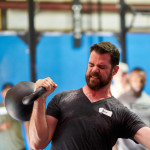
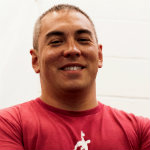


You make dieting harder than it has to be because you believe the broscience of clean eating and that sugar and processed carbs make you fat. The science is clear that energy balance and protein intake are all that matter. You can a bunch of sugar and so long as you stay in a calorie deficit and get enough protein you will get leaner. Flexible Dieting rules.
Thank you for sharing. All good points: real, humble and strong. A balanced approach to coaching.
Great article Dan.
Thanks for your great knowledge of strength conditioning.
Dave
Thank you Dan. Respect.
What a great article. Well said, thanks Dan!
Great article! Full of wonderful advice. I love #10 Creating the right environment, #9 regarding nutrition, #5 FMS has saved a lot of my clients (and my) time, #3 regarding staying humble – and LOVE the 6 pack rule. Cheers to you sir!
I would love to do this course not just because it being the best but also the atmosphere of awesome people unites to do something so awesome. Unfortunately I have a big family
An excellent article, Dan, thank you.
#11. MAINTAIN FRIENDLY RELATIONS WITH PEOPLE AND THE ENVIRONMENT.
Not everybody can afford $800 for 6 months of training. Just because they can’t afford that is no reason to kick them out of your life with no warning and no communication except a curt and cruel belated email.
“When the level of pain to remain the same is greater than the pain of changing, that’s when people will change.”
Wise words. I have found that they apply to pretty much everything in life.
Thank you for a great article.
I follow the same 6 pack rule. 😉
Great observations. Good for coaches and students alike.